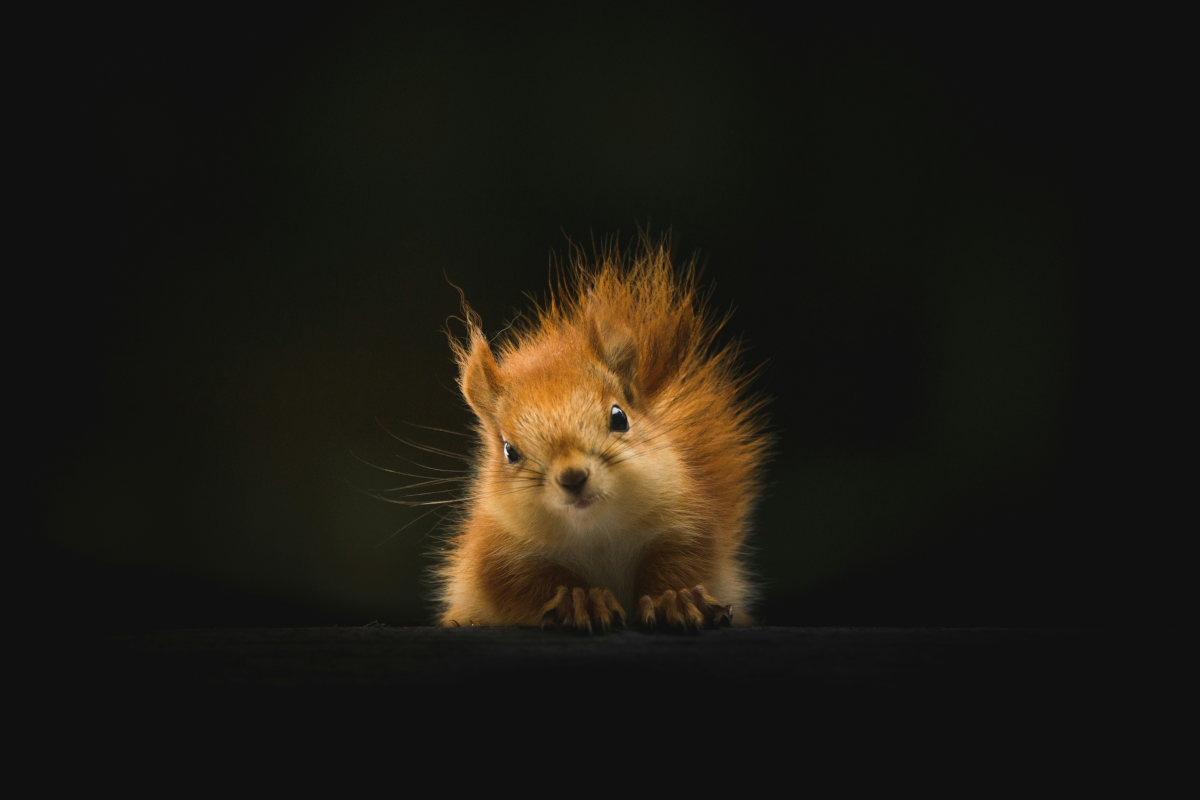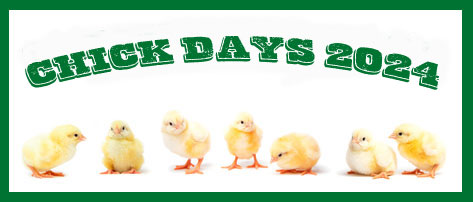Product Availability & Shipping Delay Information. Learn More
Seasonal Feeding Wildlife Strategies: What to Feed Deer in Summer vs. WinterSeasonal Feeding Wildlife Strategies: What to Feed Deer in Summer vs. Winter Feeding wildlife can be a rewarding activity for enthusiasts, helping to support the nutritional needs of these majestic creatures as they navigate the changing seasons. However, it’s crucial to adjust feeding practices to align with seasonal variations in natural food availability and nutritional requirements. In this blog, we’ll explore what to feed deer in the summer and winter, ensuring they receive optimal care all year round. Summer Feeding: Abundance and VarietyDuring the summer, deer have a wide variety of natural foods available, including leaves, twigs, fruits, and a plethora of growing plants. This bounty means that supplemental feeding should be approached with care to avoid disrupting their natural diet. Natural FoodsIn the warmer months, focus on providing foods that mimic what deer would naturally find in their habitat. This can include:
Supplemental FeedsIf you choose to supplement their diet, consider feeds that are high in protein and fiber but low in carbohydrates, as excessive starch can disrupt their digestion and lead to health issues. Winter Feeding: Nutritional Support During ScarcityWinter poses significant challenges for deer, as the scarcity of food can lead to nutritional deficits. Supplemental feeding can be crucial during these months, but it must be done responsibly to avoid dependency and health issues. Specialized Deer FeedOpt for commercially prepared deer feed that includes:
Hay and ForageAlfalfa hay can be an excellent source of nutrition when snow covers the ground. However, introduce any new feed gradually to prevent digestive upset. Considerations for Feeding DeerWhile feeding wildlife can help them survive the harsher months and enhance your wildlife watching experience, there are important considerations to keep in mind:
The Impact of Proper NutritionProperly feeding deer not only supports their survival but also promotes a healthier and more stable deer population. By adjusting your feeding strategies with the seasons, you contribute to the wellbeing of these animals and ensure they have the strength and health to thrive year-round. Supporting Deer Through Thoughtful FeedingUnderstanding the seasonal dietary needs of deer allows us to interact with these beautiful animals more responsibly and sustainably. By adapting what we feed deer from summer abundance to winter scarcity, we help maintain their health and ensure the vitality of local wildlife. For those interested in learning more about wildlife care or looking for quality supplies to support their feeding strategies, visit our website for more information and resources. Let’s work together to provide the best care for our local deer populations. Explore our resources todayand become a more informed wildlife enthusiast! |

